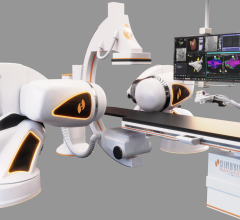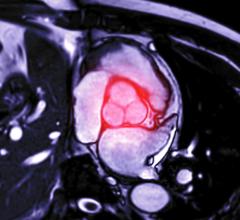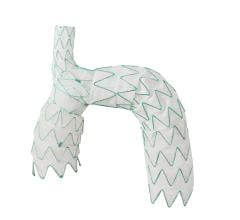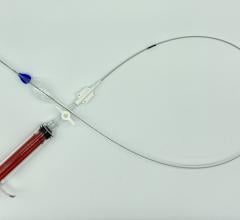
December 14, 2022 — Edwards Lifesciences identified the top data releases from 2022 that contributed most to shaping awareness about the extent and impact of underdiagnosis and undertreatment of aortic stenosis (AS).
Commenting on the identified studies, Larry L. Wood, corporate vice president, transcatheter aortic valve replacement said, "The TAVR-focused data published this year, including these specific studies, brought important insights and helped shape the discussion on the extent and impact of the undertreatment of aortic stenosis in terms of health impacts to patients and costs to society." As a whole, the studies suggest substantial health and economic benefits are available through the wider use of transcatheter aortic valve replacement (TAVR).
The highlighted studies are:
"Trends in Utilization of Aortic Valve Replacement for Severe Aortic Stenosis," (Li, et al) published in the Journal of the American College of Cardiology (JACC) in March, found that less than half of the patients studied who had an indication or possible indication for aortic valve replacement (AVR) underwent the procedure. The untreated group experienced a significantly higher mortality rate than the patients undergoing AVR.
In "Evolution and Prognostic Impact of Cardiac Damage After Aortic Valve Replacement," (Généreux, et al) published in the August edition of JACC, the findings suggest that earlier detection of aortic stenosis and intervention before development of irreversible cardiac damage may improve cardiac function and reduce mortality.
An analysis entitled "Contemporary Costs Associated with Transcatheter Versus Surgical Aortic Valve Replacement in Medicare Beneficiaries," (Baron, et al) published in February in Circulation: Cardiovascular Interventions, found that in the year following treatment, TAVR saves between $10K and $29K per patient relative to surgical aortic valve replacement (SAVR) depending on the patient risk level.
Finally, a study entitled "Cost-Utility and Cost-Benefit Analysis of TAVR Availability in the US Severe Symptomatic Aortic Stenosis Patient Population," (Sevilla, et al) published in the August issue of Journal of Medical Economics concluded that "across risk, age, and treatment-eligibility groups, TAVR is the economically optimal treatment choice. It represents strong value-for-money per patient and population-wide. The vast majority of TAVR value involves raising treatment uptake among the untreated." This analysis also quantified the productive contributions to society of the elderly symptomatic severe aortic stenosis patient when TAVR is available as a treatment option.
Wood continued, "I believe there is a clear message in this body of evidence that swift diagnosis and treatment of aortic stenosis prevents cardiac damage, lowers mortality, and improves quality of life for these patients. These current studies also indicate that by taking a more comprehensive view of value and cost, there is a tremendous potential for savings to the healthcare system through the greater adoption of TAVR. Taken together, I think these studies really challenge the key stakeholders in the cardiovascular healthcare system to find and address the causes of the undertreatment of aortic stenosis."
For more information: https://www.edwards.com/


 June 19, 2024
June 19, 2024 








